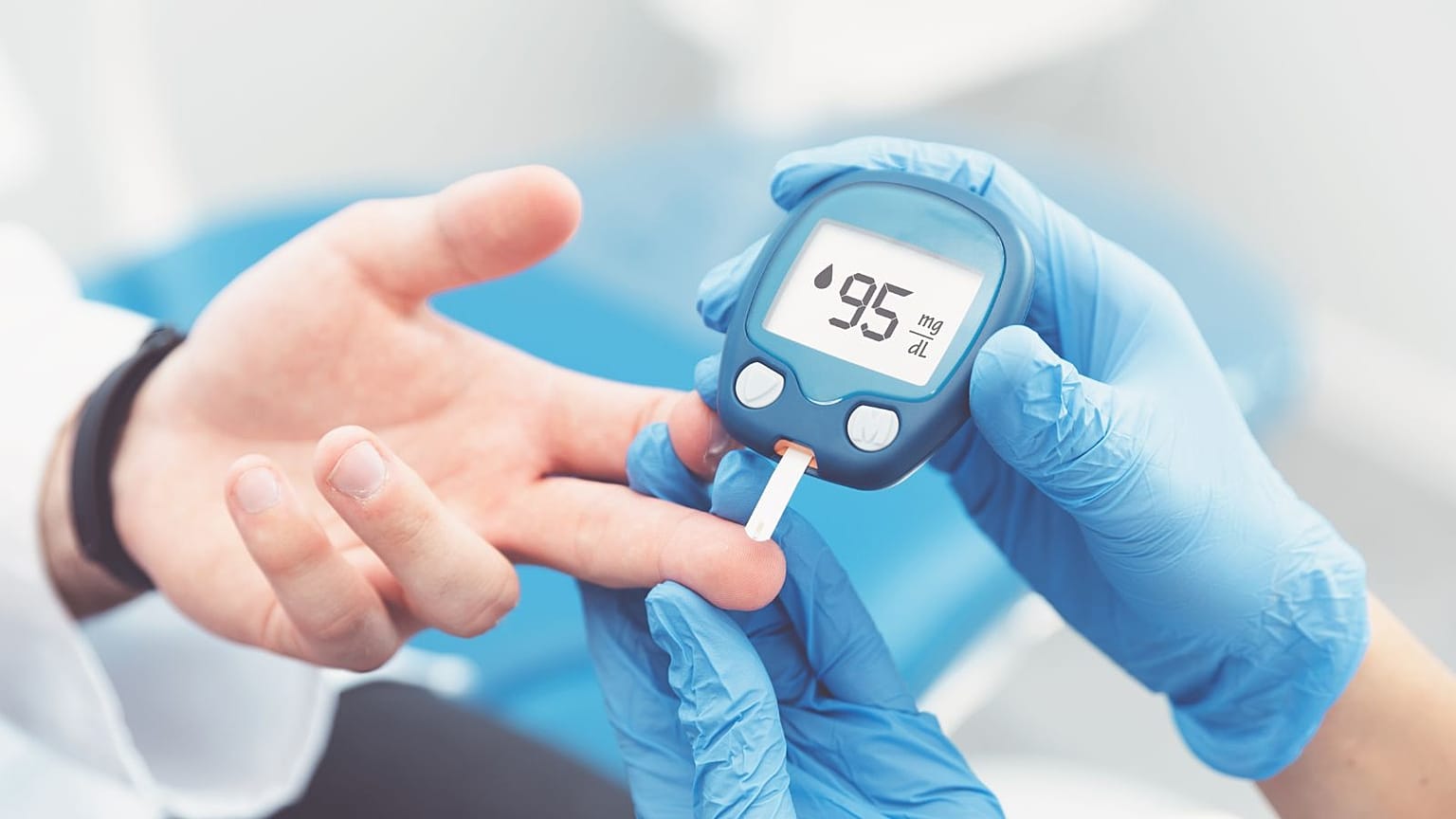The researchers said their study will help to understand and better prepare for the post-COVID-19 era of cardiovascular risk.
Coronavirus infection increases the risk of getting type 2 diabetes, scientists have confirmed.
A potential link had been observed earlier in the pandemic, but following a study researchers have now confirmed the link, saying it was in fact “a real risk” associated with COVID-19.
They also found that vaccination appeared to lower the risk of getting new-onset diabetes following infection.
“Our results verify that the risk of developing type 2 diabetes after a COVID-19 infection was not just an early observation but, in fact, a real risk that has, unfortunately, persisted through the Omicron era,” said lead study author Dr Alan Kwan, a cardiologist at Cedars-Sinai.
Kwan said the trend is concerning because of how many people will ultimately experience a COVID-19 infection.
“This research study helps us understand - and better prepare for - the post-COVID-19 era of cardiovascular risk,” he said.
Publishing their findings in the journal JAMA Network Open, the researchers said they had gone some way to preparing to recognise and treat a condition linked to COVID and its after-effects.
Diabetes disrupts normal metabolism and metabolic processes, preventing the pancreas from producing enough insulin, a hormone that helps regulate blood levels of glucose and amino acids.
Because diabetes can damage vital organs and blood vessels, people with diabetes are at higher risk for heart attack and stroke.
According to the World Health Organization (WHO), there are around 60 million people in Europe with diabetes - around 10 per cent of men and 9.6 per cent of women aged 25 and over.
To determine the rising rates of diabetes, the researchers evaluated medical records from more than 23,000 adult patients who had COVID-19 at least once and were treated within the Cedars-Sinai Health System in Los Angeles between 2020 and 2022. The average patient was 47 years old, and 54 per cent were female.
The combined risk of type 2 diabetes after COVID-19 exposure - accounting for both vaccinated and unvaccinated patients - was 2.1 per cent, with 70 per cent occurring after COVID-19 infection versus 30 per cent happening prior to COVID-19 exposure.
For unvaccinated patients, the risk of type 2 diabetes after COVID-19 exposure was 2.7 per cent, while for vaccinated patients that risk dropped to 1 per cent.
“These results suggest that COVID-19 vaccination prior to infection may provide a protective effect against diabetes risk,” said Kwan.
“Although further studies are needed to validate this hypothesis, we remain steadfast in our belief that COVID-19 vaccination remains an important tool in protecting against COVID-19 and the still-uncertain risks that people may experience during the post-infection period”.
Susan Cheng, a senior author of the study and director for Cardiovascular Population Sciences in the Smidt Heart Institute, said these findings broaden the medical field’s understanding of the effects of COVID-19 on the body, while simultaneously unearthing yet-to-be-answered questions.
“Although we don’t yet know for certain, the trends and patterns that we see in the data suggest that COVID-19 infection could be acting in certain settings like a disease accelerator, amplifying risk for a diagnosis that individuals might have otherwise received later in life,” she said.
“So, it could be that instead of being diagnosed with diabetes by age 65, a person with preexisting risk for diabetes might - after a COVID-19 infection - be more likely to develop diabetes by age 45 or 55”.
Kwan added: “As we learn how to live with COVID-19, we also have to be prepared to recognise and treat the various conditions linked to its after-effects”.


















